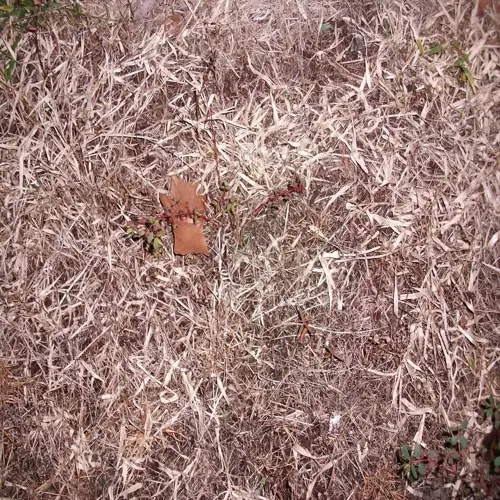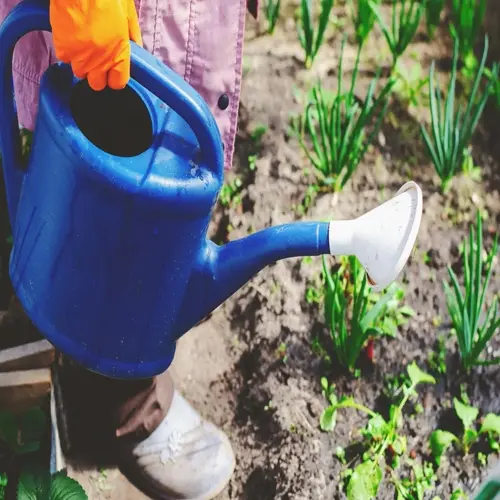How do you improve clay soil drainage?

Written by
Nguyen Minh
Reviewed by
Prof. Charles Hartman, Ph.D.Enhancing drainage in heavy clay soil takes ingenuity. Waterlogging deprives roots of air and causes plants to fail. I have rescued gardens where plants were literally drowning in clay. Suitable solutions involve amending soil, thoughtful planting, and proper drainage.
Gypsum Application
- Loosens clay particles chemically without pH change
- Apply 20 lbs per 100 sq ft to moist soil
- Creates drainage channels within 3-6 months
- Most effective for sodium-rich clay soils
Compost Integration
- Mix 3-4 inches into top 12 inches of soil
- Creates stable aggregates that resist compaction
- Improves water infiltration by over 60%
- Reapply annually as organic matter decomposes
Deep-Rooted Plants
- Select species with strong taproots like daikon radish
- Roots penetrate compacted layers up to 24 inches deep
- Plant cover crops during off-seasons for continuous improvement
- Native prairie grasses work exceptionally well
Implementing physical drainage systems for chronic problems. French drains remove excess water from planting areas. Dig trenches 18-24 inches deep (45-60 centimeters) and slope 1 inch per 8 feet. Fill with gravel and a perforated pipe to prevent root rot in low-lying areas.
Refrain from using counterproductive techniques such as sand. Sand particles occupy the space within the clay, resulting in a material that resembles concrete. Instead of sand, use perlite in container gardens. For larger-scale areas, concentrate on organic matter. Out of habit, always check your soil moisture before planting anything. Doing that squeeze test before compaction saves you from working too soon.
Monitor the results through plant health and water absorption. If your plants are healthy and have deep roots, you have achieved your goal. After a heavy rain, take note of how quickly puddles disappear. My reworked clay beds are now absorbing water in just a few hours. Over time, my steady work has resulted in permanent drainage solutions.
Read the full article: Clay Soil Amendments: The Ultimate Guide

